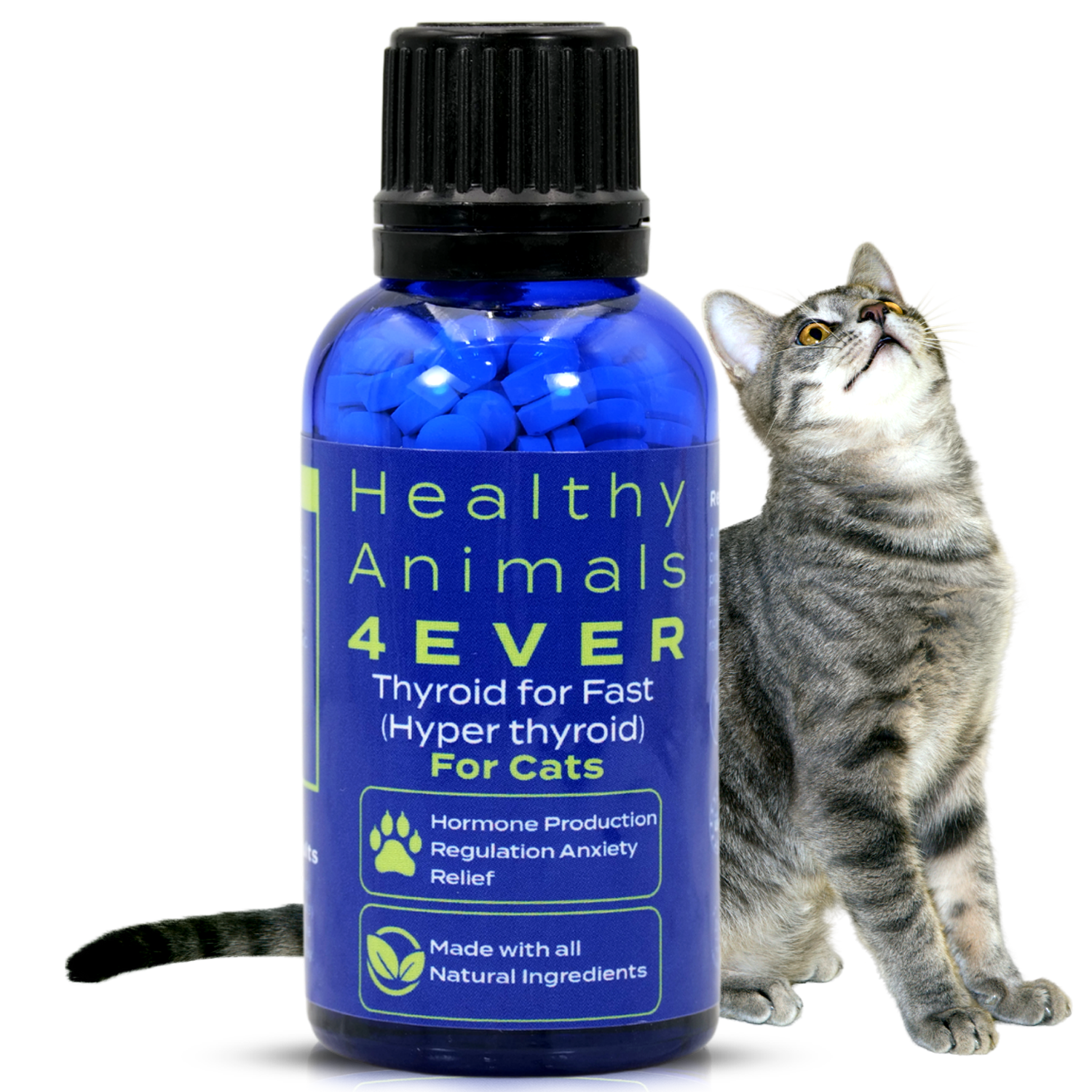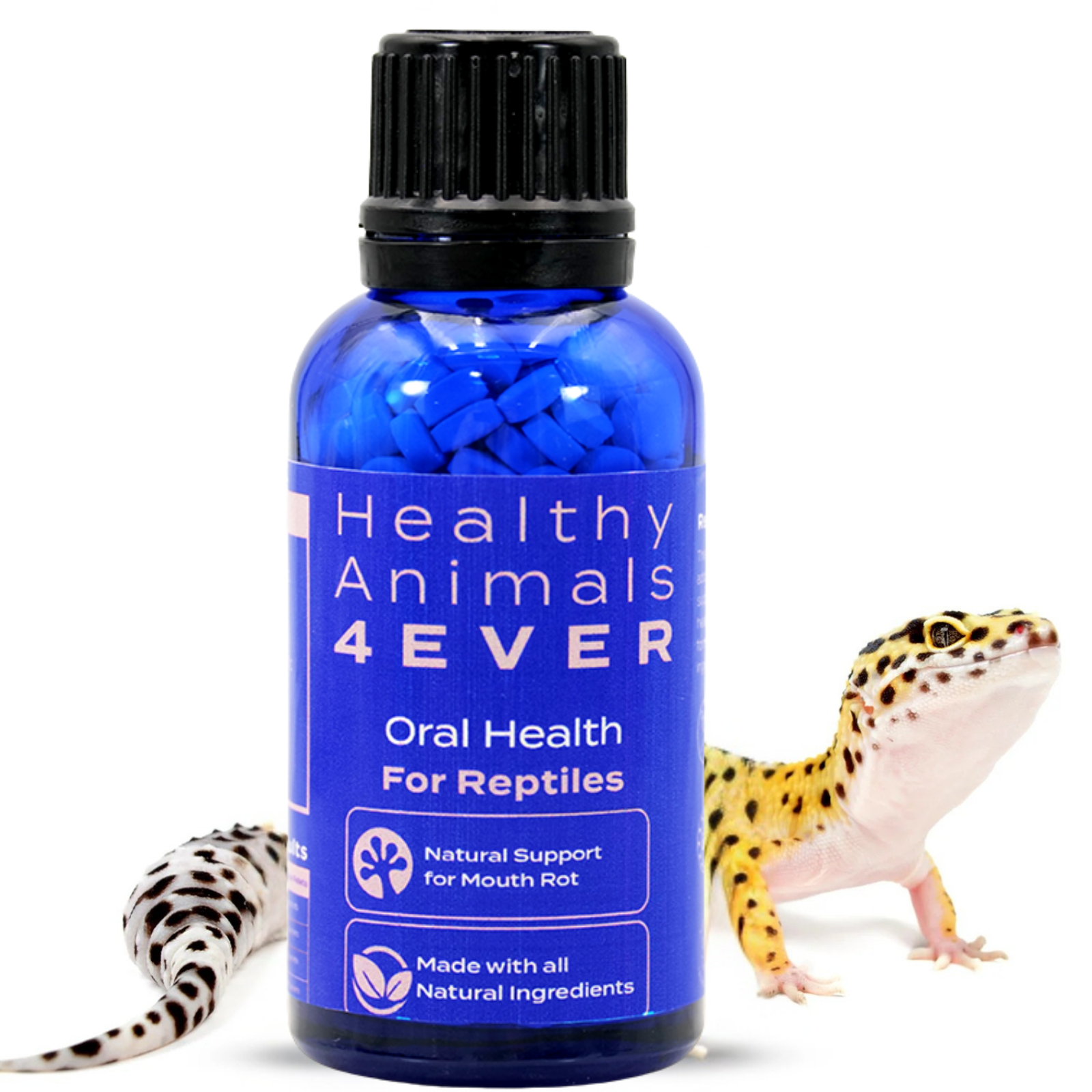Dogs Allergies and How You Can Treat Them
Allergies in dogs are a response of the body's immune system to a particular substance. Essentially, allergies are sensitivities or reactions to a few things or elements in your dog's everyday surroundings (e.g., Pollen and dust). Generally, these things do not bother most dogs.

We understand that the immune system works as a safeguard in our dog's body, protecting against harmful diseases and infections; however, it is not the same with allergies. Surprisingly, with allergies, the immune system response can damage the body. When your pet is exposed to allergens, the immune system discharges histamines, creating itching, inflammation, and swelling.
In humans, environmental and seasonal allergies can cause distress and become an issue; the same is true for dogs. Sadly, recognizing the symptoms of allergic reactions is difficult. And on top of it, the problem becomes most apparent when there are multiple allergic reactions simultaneously. Dogs can have different environmental, food, flea, and skin allergies.
It is challenging for dogs and owners to deal with these health concerns.
As a dog owner, you should be well informed about dogs' allergies and different treatment options and medicines to treat your dog quickly and effectively before the situation gets out of control. Once it is out of control, you need professional help; call the vet!
Two things must be considered when identifying the symptoms of allergies. First, the symptoms of different allergies can sometimes overlap. Second, your dog can't tell you what's going on. So it is entirely up to dog owners to recognize the different symptoms.
Allergies can affect dogs of all ages or breeds. Several allergies are genetically transferred, so consider asking the breeder for any immune system problems and allergies in the dog's family members.
Allergens in the House
- Pollen and Dust
- Sealants and household sprays
- Coatings
- Mold and Mildew
- Shampoo
- Plants
- Fish or poultry food
- Cigar smoke or cigarettes
- Human Medicines
- Carpet fibers

Common Dog Allergies
- Food Allergies
A dog owner should understand the difference between food allergies and food sensitivities. Actual food allergies are brought about by an immune reaction and show symptoms, including itching, hives, diarrhea, facial swelling, or vomiting. Rarely severe reactions cause anaphylaxis (a potentially life-threatening allergic reaction), just like in humans. Food allergies are generally not as common in dogs as in humans.
Food sensitivity refers to food intolerance. The primary difference between food sensitivities and food allergies is that food sensitivities do not result from an immune reaction. They are a progressive response to an ingredient in your pet dog's food, for instance, milk, eggs, or beef. Dogs with specific food sensitivities show symptoms like itching, infections, poor skin, fatigue, diarrhea, or vomiting.

The symptoms of food allergies and food sensitivities overlap a bit. It's suggested that you contact your vet and discuss your pet's symptoms to identify whether your dog has allergies or sensitivities.
It's a good idea to consider natural alternatives like a whole food diet, supplements or homeopathic remedies to treat allergic responses in your dog. Homeopathy can help prevent and offer symptom relief in most cases.
Even if you haven't replaced anything in your dog's diet, there is a possibility that the food producer might have altered their recipe. The new recipe could cause a reaction. So, when buying dog food, it's best to carefully read the ingredients and note when something upsets your dog's system.
- Seasonal Allergies
Environmental allergens are typically the cause of seasonal allergies. Pollen, mold, and dust cause allergic reactions in dogs. Allergic responses like this are seasonal, so you may find your dog itching at different times of the year.
Generally, ears and paws are the most affected areas when your pet has seasonal allergies. Other areas include underarms, eyes, wrists, ankles, and between toes. One worrying factor regarding skin allergies is that they can lead to secondary infections. When suffering from seasonal allergies, you may see your dog licking or biting its skin for temporary comfort, making it vulnerable to bacterial infections.
Identifying whether a dog is suffering from a food allergy or seasonal allergy can be tricky. One difference is that food allergies can occur all year, and seasonal allergies occur at specific times of the year. However, their symptoms overlap, so it becomes challenging to differentiate between seasonal and food allergies, just like food allergies and food sensitivities.
- Flea Allergy Dermatitis (FAD)
Flea allergy dermatitis is one of dogs' leading causes of allergic reactions. When having FAD, most dogs get itchy. If your pet suffers from a Flea allergy, even a few fleabites can make your pet awful.
Symptoms that indicate your pet dog has FAD include hair loss in the middle of the back and itchy skin. You can confirm whether your dog has a flea allergy by having them tested for intradermal allergy tests or specific blood tests. The symptoms of FAD are definite, and reaction to treatment happens so rapidly that regular allergy testing is only mandatory in a few cases.
There is no standard age for dogs to have FAD; it can happen at any age. Generally, it occurs in dogs between the ages of 2 to 5 years. Remember that dogs with other allergies, such as dust allergies, are more vulnerable to flea bites than dogs with no allergies. Pet dogs that already have seasonal allergies tend to have an allergic response to fleabites—the incidence of FAD peaks in summer.
Common Allergy Symptoms in Dogs
The most common allergic reaction in dogs is itchy skin in a specific area or the entire body. Other indications include the respiratory system (wheezing, coughing, or sneezing), runny noses, eye congestion, diarrhea, or vomiting.
Homeopathic solutions help reduce the severity of an allergic reaction and would be a good option for calming down a dog suffering from an allergic asthma attack. The correct remedy can reduce wheezing and breathing issues— our products act with no side effects, so you can use them to treat your dog's allergies (and other health concerns too). Alternative pet treatments are becoming increasingly popular because they work, are safe, and are usually more cost-effective than prescribed medications.
Three types of Allergic Reactions
- Anaphylaxis -A severe reaction that can be life-threatening.
- Urticaria - Rashes, non-itchy or itchy hives, and bumps.
- Angioedema Facial Swelling ( Extreme or Irregular swelling).
Dealing with the Itch
As we already mentioned, dogs get itchy skin from seasonal, food, or flea allergies. There are options for treating such horrible itchiness, but sometimes side effects are part of the treatment.

Steroid injections work, but your dog might get agitated or aggressive, have excessive thirst, or have increased hunger due to the treatment.
Identifying your dog's allergy can be challenging because the symptoms are similar for different kinds of allergies in dogs. Dogs do not know how to communicate their suffering while having an allergic reaction, so it is up to you, as the owner, to be vigilant and notice when your dog seems to have unpleasant reactions.
Relief Tips
Here are a few tips that can help reduce the probability of allergy symptoms in your dog. We have already mentioned the benefits of using natural alternatives and supplements, but these hints could make a big difference too!
1. Minimize Vaccinations
The initial step is to lessen the possibility of creating canine sensitivities and allergies. Limiting vaccinations is a crucial initial phase in preventing sensitivities and allergies in your pet. The antibodies in the injection may dysregulate the immune system and prompt it to over-respond to foreign substances.
2. Maintain Tidiness
If your dog reacts to dust, you must vacuum your house more often. Along with this, clean your dog's bed regularly. We mean washing and drying it, do not just clean it with a dry cloth; no matter how much you clean it with a dry cloth, a few dust particles will remain on your dog's bed.
Avoid bringing home flowers, and keep your windows closed as much as possible if your dog has a pollen allergy.
Keeping your house clean and caring for your dog's hygiene are two essential prevention measures to protect your dog from severe allergies. You may need to bathe your dog more frequently than is usually recommended so that the allergens get removed from their skin.
3. Food Intake
Generally, a no-people food diet is best for avoiding allergies. And it is a good idea to remember that dogs with food sensitivities may need a hydrolyzed diet. In this diet, proteins are separated into small bits, unidentified by the immune system (this prevents terrible reactions). However, you can only give your dog a specific diet after getting a vet's prescription.
Like humans, nutrition plays a significant role in keeping a dog's health in good shape. With the appropriate food intake, a dog's skin and coat remain healthy. The healthier the skin, the less inclined to disease and disturbance it should be.
4. Eliminate Pollen
Eliminate Pollen and other plant materials so that your dog's skin does not come in contact with these allergens, and the chance of breathing or eating these allergens is reduced. Cleaning your dog down with an odour-free dryer sheet after walks will assist with eliminating dust from their paws and coats. You could try to use the vacuum to get the Pollen off your dog's feet; many dogs hate it, so you must wipe their paws with a damp cloth.
5. Baths
Baths can help provide symptom relief to the dog. Naturally, baths minimize the chances of your dog suffering from seasonal allergies. The bath will remove any dust particles or Pollen on their skin when you bathe them. This is why bathing your pet is one of the most significant ways to prevent allergic reactions. Cleansing, foot washing, or cleaning down the skin, coat, ears, and feet is helpful. Oatmeal shampoos can be calming to dry, aggravated skin. Medicated shampoos are brilliant for curing secondary infections on the skin, and a few shampoos assist with reestablishing normal skin health.
Read the guidelines on medicated shampoos to help determine how often you should bathe your dog. Do not bathe your dog too frequently, as certain shampoos can dry out the skin, making it more vulnerable to disease.
Final Thoughts
The symptoms of allergies in dogs can be mistaken for different health issues. If you are not sure what is wrong, check with your vet. When you feel your dog is showing symptoms of mild allergies, try to treat them immediately so the situation remains under control. Dogs will lick, scratch, and bite irritated skin until it becomes infected and raw. Then they will need additional treatment to clear the skin.
Vet visits for your dog can be expensive, and many pet prescriptions have the same side effects as human medications. Try and find a naturopathic or homeopathic vet or even a regular vet that is open to trying alternative treatment options. Your dog's health is important to you, so don't forget to monitor their diet and environment when they are having unexpected reactions. You may be able to eliminate or minimize their exposure to allergens.











